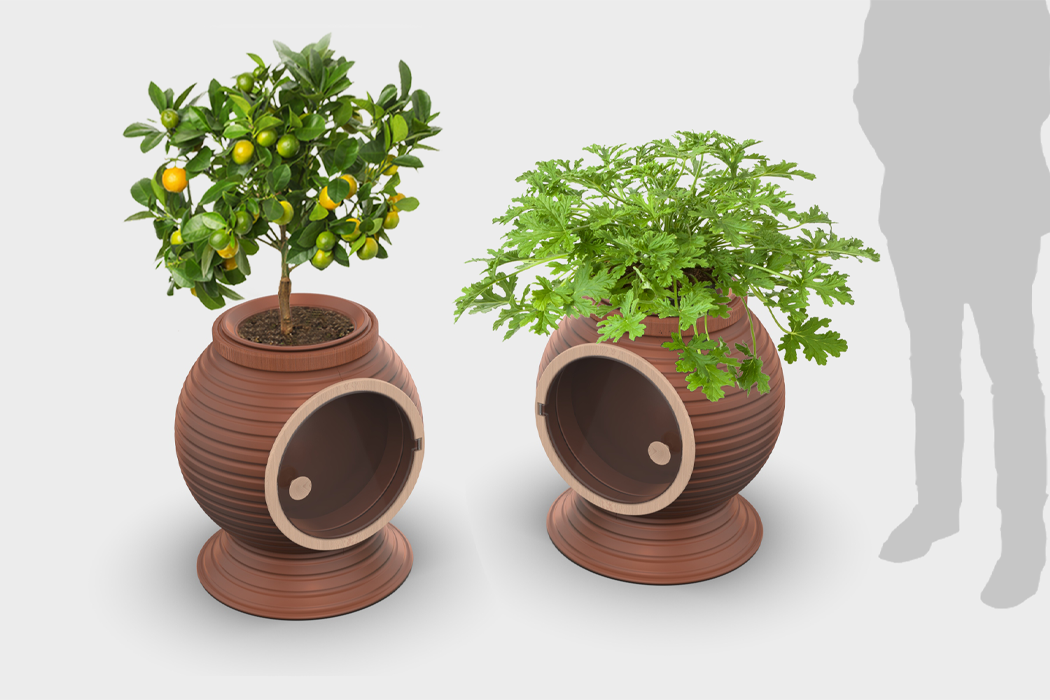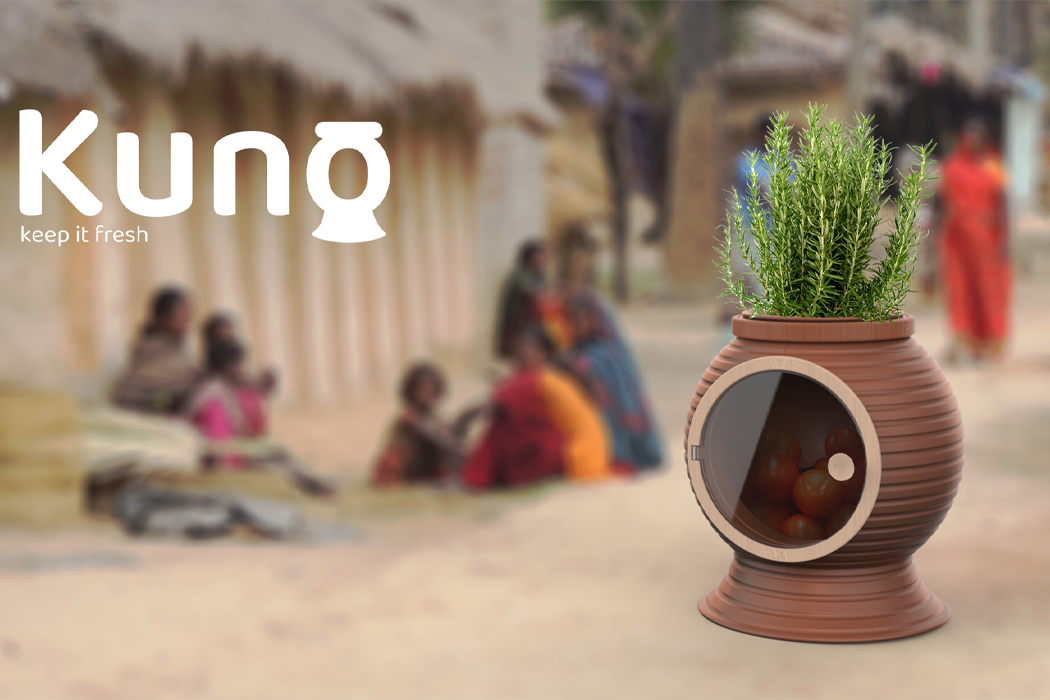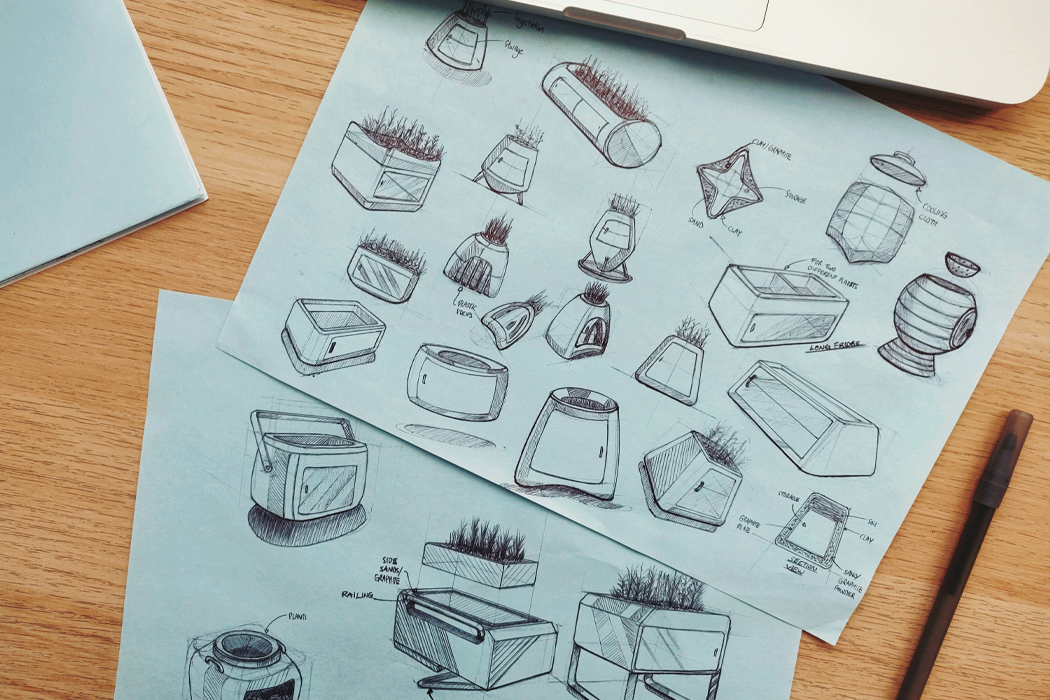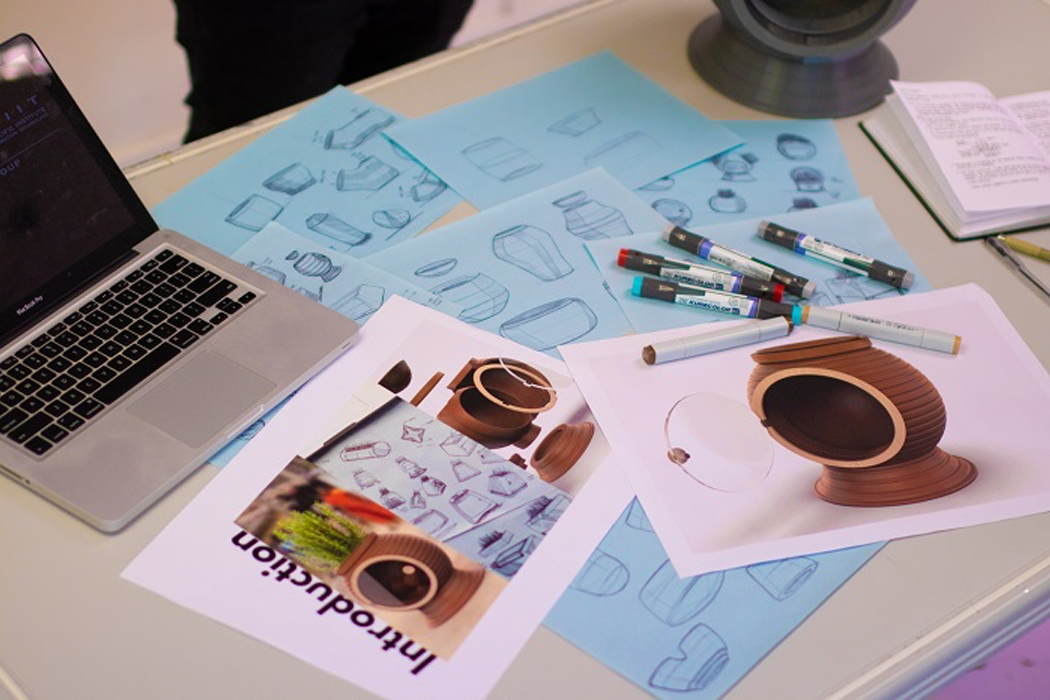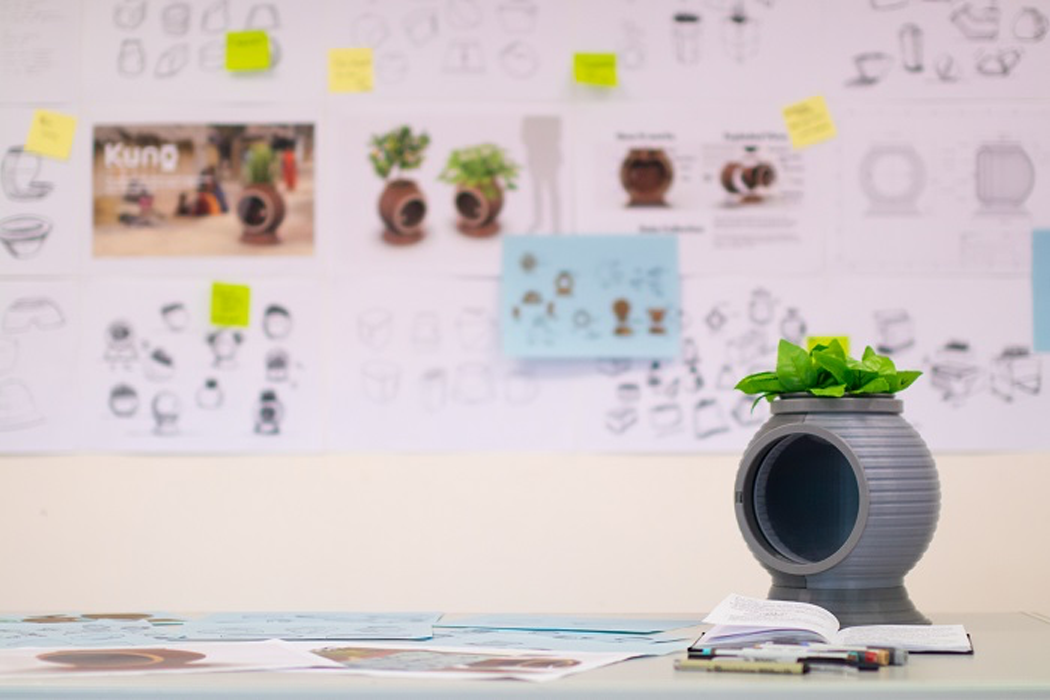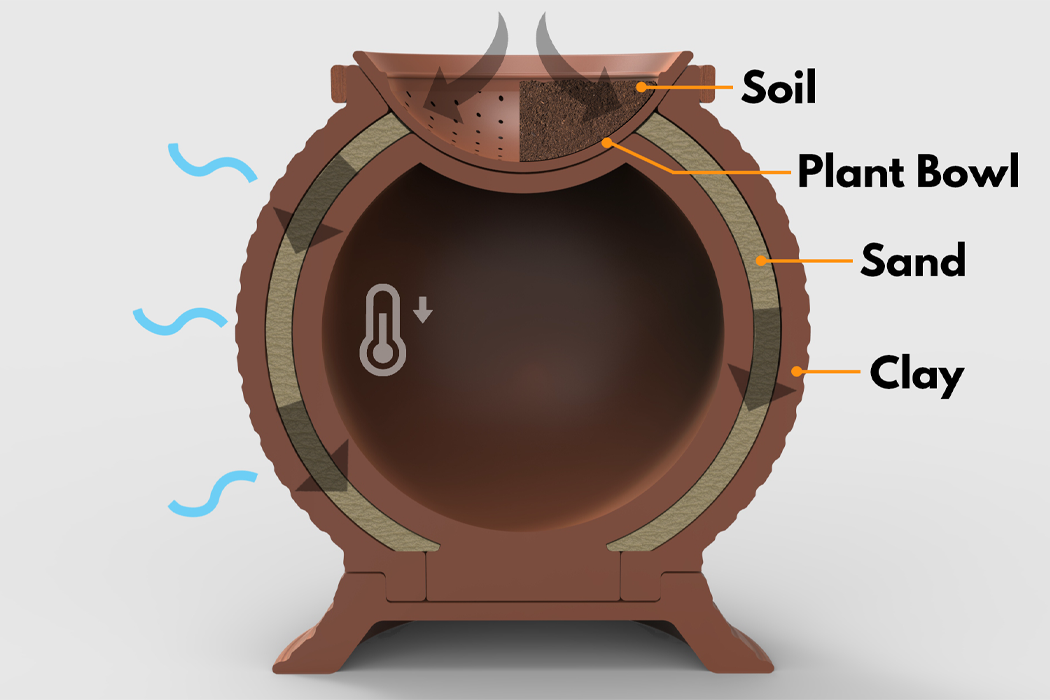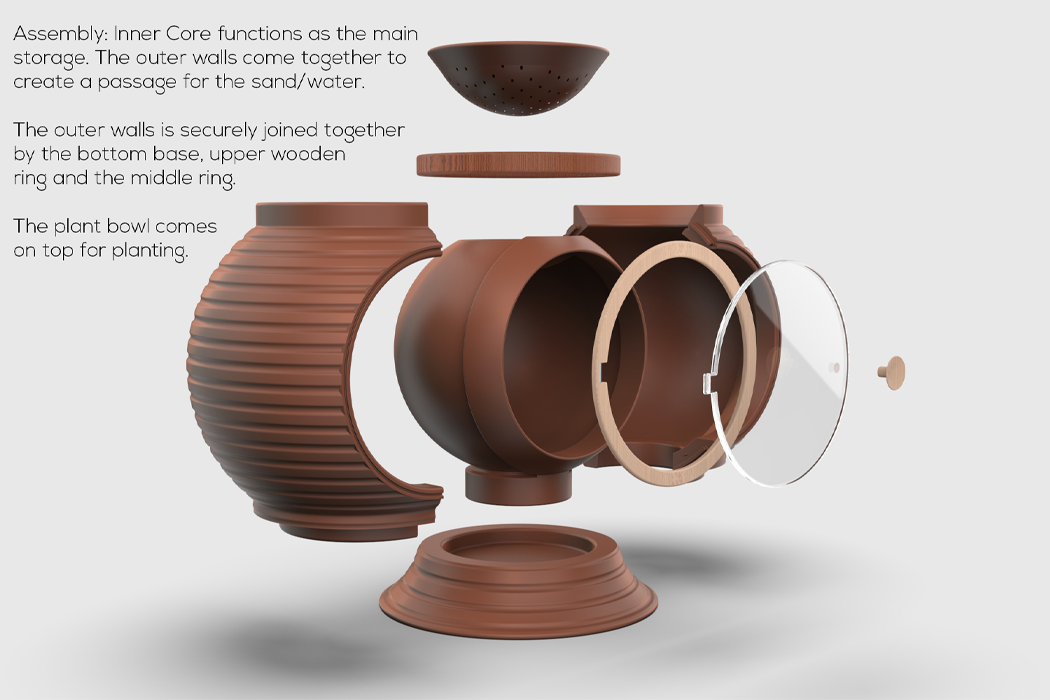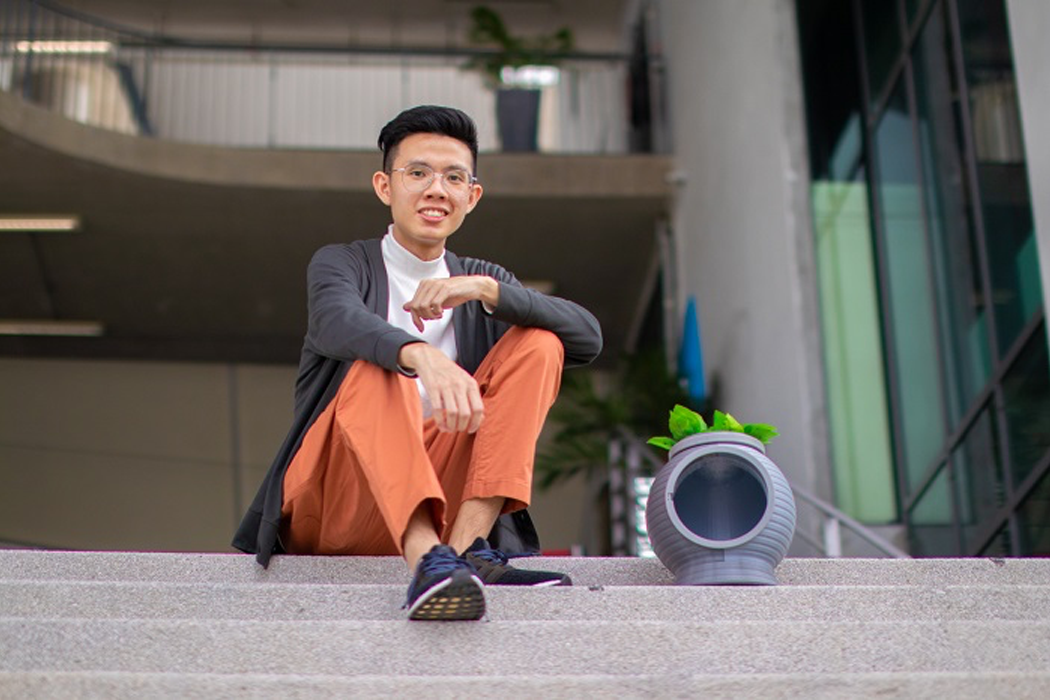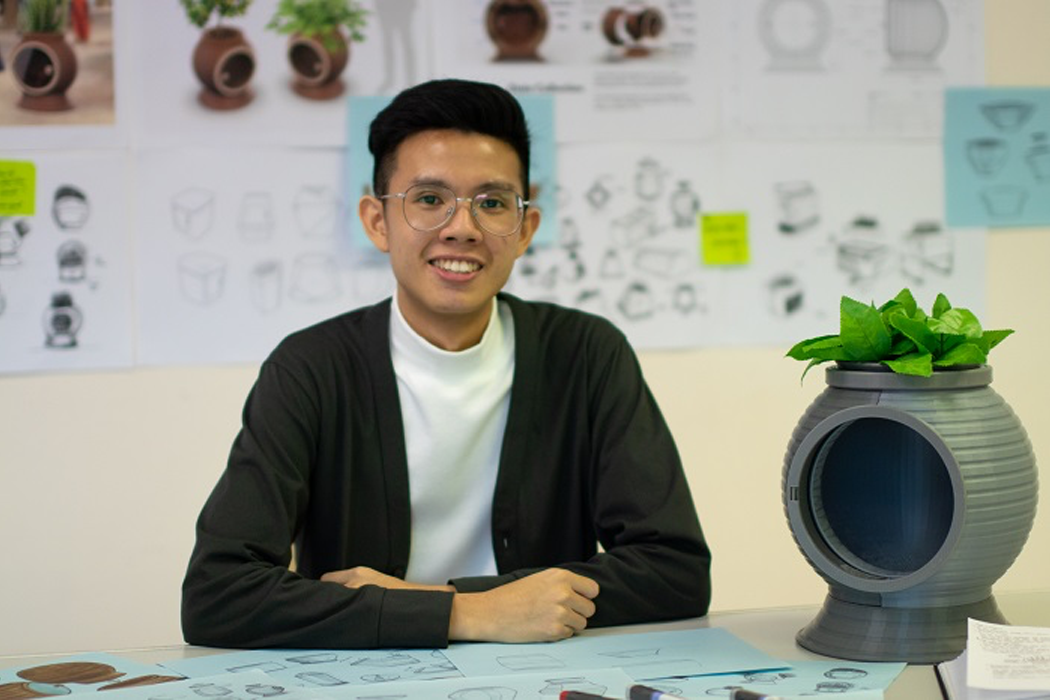Sometimes the ways of the past inform modern solutions better than any hi-tech, futuristic design ever could. Generally considered Malaysia’s ‘most famous secret,’ Labu Sayong is a traditional water pitcher that forms a natural cooling system through the use of ground material like earth clay. While we live in the modern world with access to units like fans and air conditioners, some have easier access to those units than others. Sustainable cooling methods like the one that comes from Labu Sayong offer insight into providing cooling systems for everyone. Kuan Weiking and Theodore Garvindeo Seah were recently recognized by The James Dyson Award group for Kuno, a sustainable, miniature refrigerator that requires zero electricity for operation.
Kuan and Seah recognized the urgency felt around keeping perishable food items cool in hot and dry climates with limited access to electricity. With over 16% of the world’s population, approximately 192 million people, without access to electricity, Kuno was designed for those in need of a cooling system requiring zero electrical power. Furthermore, Kuno was designed to help reduce our larger carbon footprint that led us to the problem of limited electricity in the first place. Designed using traditional clay-making methods and natural resources, Kuno solves modern needs through local ancient practices. Kuno’s zero-electricity cooling is achieved by utilizing double-wall potting. Sand fills the area in between the two clay pots, which is then watered in order to create a cooling effect by removing latent heat through evaporation. The sand’s cooling effect works in tandem with Kuno’s outer clay wall, which is kept porous so that it can draw additional latent heat from the inner chamber. Simply, the evaporation of water between the two pots draws heat away from the inner chamber, which stores perishable food items like fruits and vegetables. In order to keep the sand moist Kuno comes equipped with a soil planter which, when watered, distributes cool water to the sand, drawing more heat away from the inner chamber, maintaining the evaporation cycle for continued use.
The world of design draws inspiration from every corner of the globe, from science-fiction cult fantasies to fishermen’s dinghies. In a world where so many designs are possible, only a handful might feel inspired by the trouble faced by poverty-stricken communities to create better solutions. Kuan Weiking, one of the designers of Kuno, says, “As a product designer, it is important that we look to design solutions that tackle societal challenges or problems — solutions that are both practical and widely accessible.” Kuan Weiking and Theodore Garvindeo Seah began with mind-mapping to identify how they best could help improve the livelihoods of those living without electricity. Then, through temperature testing, sustainability research, and pulling building material from exclusively natural, renewable resources, this team of student designers artfully created their own proven ideation of a very possible answer for an energy-efficient cooling system.
Designers: Kuan Weiking & Theodore Garvindeo Seah
